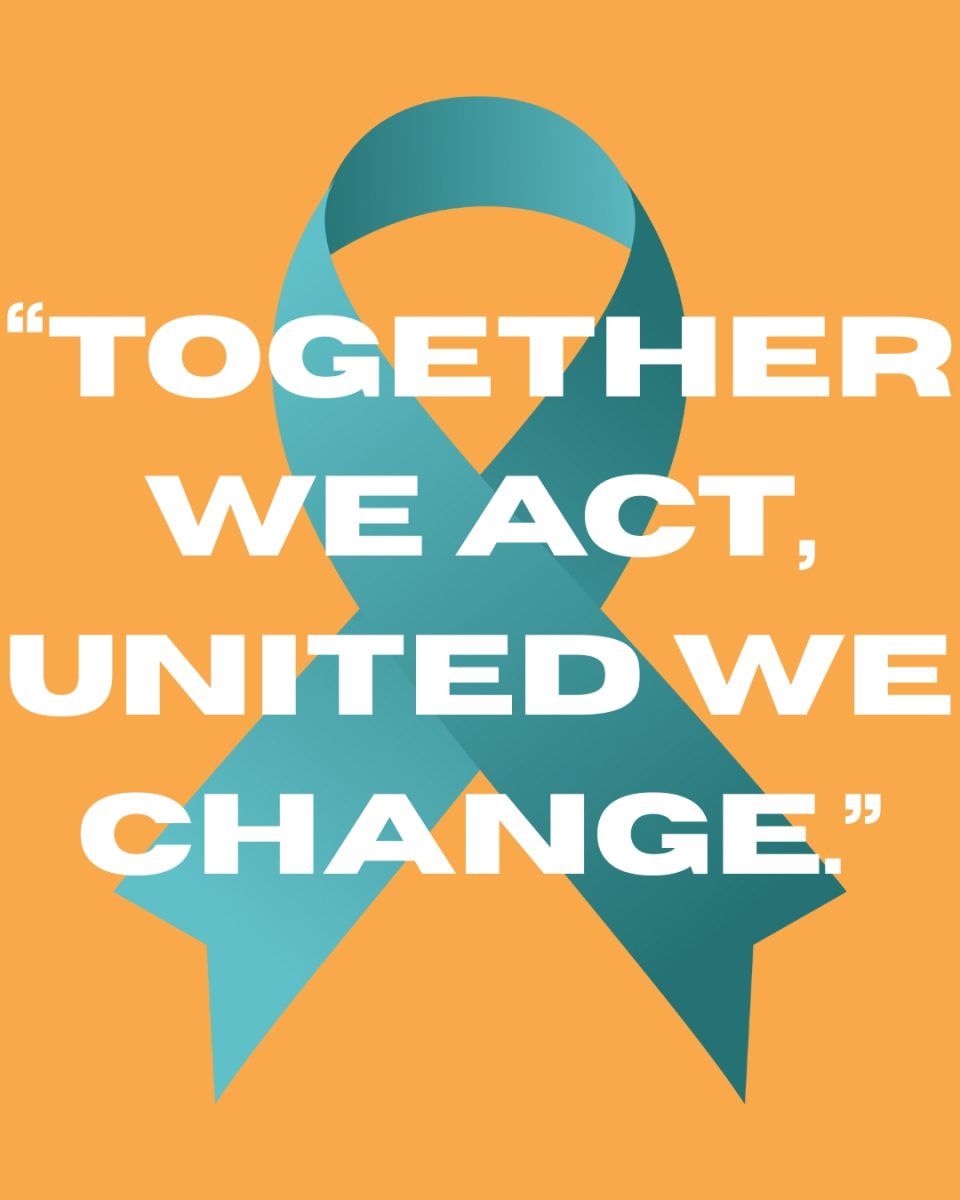By Patricia Negrón
Dr. Celiany Rivera-Velázquez captured students on Tuesday with her discussion, “Adventures of a Puerto Rican Feminist Documenting Caribbean Queer Movements,” addressing issues surrounding the often-skewed identities of those of Hispanic background.
This conference, in honor of Hispanic Heritage Month, is the first in a series by the Office of Diversity Services called, “Our Intersections: Representation and Identity.”
Rivera-Velázquez’s work focuses on queer female performers from the Dominican Republic, Cuba, and Puerto Rico. These islands were chosen as her focus because of the connections between them, as they are the three Caribbean islands that were originally colonized by Spain.
The event began with a discussion about the differences between the terms Spanish, Hispanic and Latino/a. Spanish refers exclusively to people from Spain, Hispanic refers to people from Spanish-speaking countries, which includes Spain but doesn’t include Brazil, and Latino/a, which is more of a geographical term, refers to everyone but Spain.
“If we talk about Hispanic Heritage Month, it is a month to celebrate the contributions, art, culture in Spanish language, but specially in connection to Spain, so it includes Spain,” Rivera-Velázquez said.
“In the Americas, there’s been this kind of idealization of what Spain brings, and a lot of people are into conserving Spanish culture, and some other people might be like, ‘That’s racist, why do we have to celebrate the colonizer?’” she continued.

Rivera-Velázquez discussed her relationship with her identity as a Latina as well as her experiences after migrating from Puerto Rico when she was 22 years old.
“In the year 2006, more than half of all Puerto Ricans and nearly one out of nine Cubans and Dominicans resided outside their nations of origin,” she said.
She said that for a lot of Puerto Ricans, traveling to and from the island frequently is very common, something that is facilitated with United States citizenship. In turn, people from other countries need to go through the visa to citizenship process, and this makes it more complicated to travel back, especially for Cubans.
“Miami has this kind of conflicted relationship with the island, because there’s a love for the island but a dislike of the government,” she said, referring to the Cubans who migrated to Miami in the ‘1950s and ‘1960s during the transition from Batista’s capitalist government to Fidel’s socialist government.
Rivera-Velázquez also talked about the term “caribglocal,” coined by author Rosamond King last year in her book “Island Bodies.” It is used to describe people from the Caribbean that do not live in their countries, but speak the language and know enough about the culture to qualify as local. She used herself as an example.
“I haven’t lived in Puerto Rico since 2001, so 14 years, but when I go there I can quickly see how my brother and my mother and my father have a completely different reality, completely different fashion trends, completely different ideas than I do,” she said.
“But when I go there, I can still speak the language. I still sound Puerto Rican, I can still go and order ‘café con leche y bacalaíto frito,’” she continued, switching to Spanish to further elaborate her point by saying, “coffee with milk, and a fried bacalaíto,” a typical Puerto Rican dish.
She also elaborated on the LGBTQ activism on the three islands to help the attendees understand the context of the work done by the queer performers she observed during her research.
Her research began in Cuba following hip-hop group Krudas Cubensi. Krudas Cubensi appeared on the Cuban hip-hop scene in 1999, talking about female issues like menstruation in a male-dominated field. Rivera-Velázquez played one of the group’s music videos, “Mi Cuerpo es Mío.”
Rivera-Velázquez, who spent time with queer feminist performers in each country, presented work from other performers she followed, including “El Juidero” by Dominican performer Rita Indiana, and “Jayá” by Puerto Rican punk rock band Macha Colón y los OKAPI.
One of the most important moments of the event centered around a discussion about Spanish as a “gendered” language, meaning that every word in the language has a gendered article because almost all nouns have a specific gender.
In Spanish, the feminine plural pronoun is “ellas,” but the masculine plural pronoun “ellos” is also the plural pronoun that includes females and males. Some people have resorted to writing it as “ellxs” or “ell@s” to reduce the gendered quality of the language, but this has no correct pronunciation.
Students were pleased with the discussions generated in the conference and so was Rivera-Velázquez.
“It was a really receptive audience,” she said after the conference. “Everyone was nodding and pumped.”







